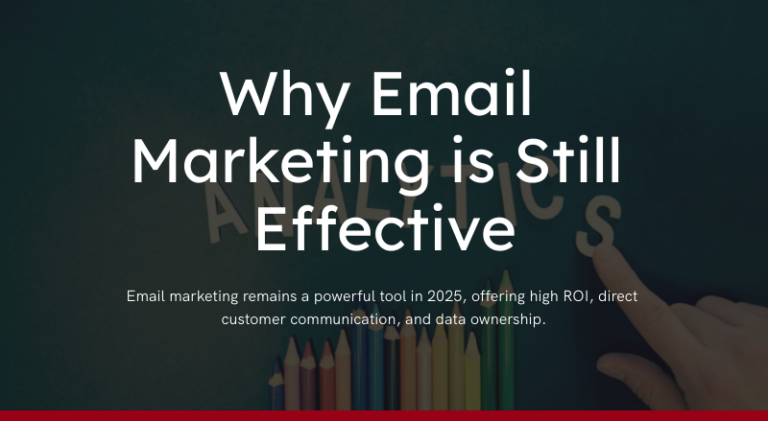
Where does your data come from, and how much can you rely on its accuracy? These questions are fundamental to building a database marketing strategy that works. When you understand the source of your data, you’re able to put it into context and build a marketing database that not only informs your decisions today but creates a comprehensive customer history that guides marketing choices in the future.
Data is everywhere. One of the biggest challenges for marketers is often how to manage it all rather than how to find more of it. Understanding data sources will help you prioritize and channel information into useful streams instead of the undifferentiated torrent that can overwhelm unprepared database marketing systems.
All data sources are valuable, and they all contribute to a clearer picture of your leads, allowing you to deliver precise, relevant marketing messages. They don’t all tell you the same information, however, which is why it’s vital to categorize and interpret them accurately. Let’s look at where your information comes from to understand more about where it can take your data-driven marketing strategy.
First-Party Data
The information your leads give you directly is first-party data. It includes the data your leads enter to download gated content or sign up for your newsletter; behavioral data directly observed and captured by your marketing automation software; and customer histories from your CRM system. Anything your leads and customers give you directly, whether it’s an active response to forms and surveys or passively observed behavioral and contextual data, falls into this category.
Because it’s particularly valuable, first-party data should be a high priority to capture. Your content marketing strategy figures prominently into first-party data collection. Offering newsletters that offer your leads valuable market insights or e-books that give them an edge over their competition are surefire first-party data generators.
For all its value, first-party data alone is not enough. For one thing, leads don’t always self-report accurately. For another, they may change their information and not notify you directly, making your original information obsolete. That’s why you need additional data streams to give you a three-dimensional view of your customers.
Second-Party Data
Information you get from a trusted partner and relevant source other than your lead qualifies as second-party data. One classic example is a list rental through a marketing company that offers list management services. The cooperative relationship between the list owner and you as a partner benefits customers too as they get access to offers they wouldn’t otherwise receive.
Your own house list can make you a participant in second-party data on the other side if you choose to open it to trusted partners. Although this data is at one remove from your leads, it has considerable value as a way of expanding your marketplace or, if you’re the list owner, increasing the value of data you already have. With it, you gain perspective on your leads from a different vantage point and refine the accuracy of your first-party data.
Third-Party Data
Information about specific leads isn’t the only way to understand them. Third-party aggregate data that provides insight into broad marketing segments can also inform your decision-making and open a window on your leads’ choices. Often anonymous, third-party data depicts trends and tendencies rather than individual profiles. It still has great value as a way to contextualize your leads’ behavior and define market segments.
© Reach Marketing LLC 2016 All Rights Reserved.



